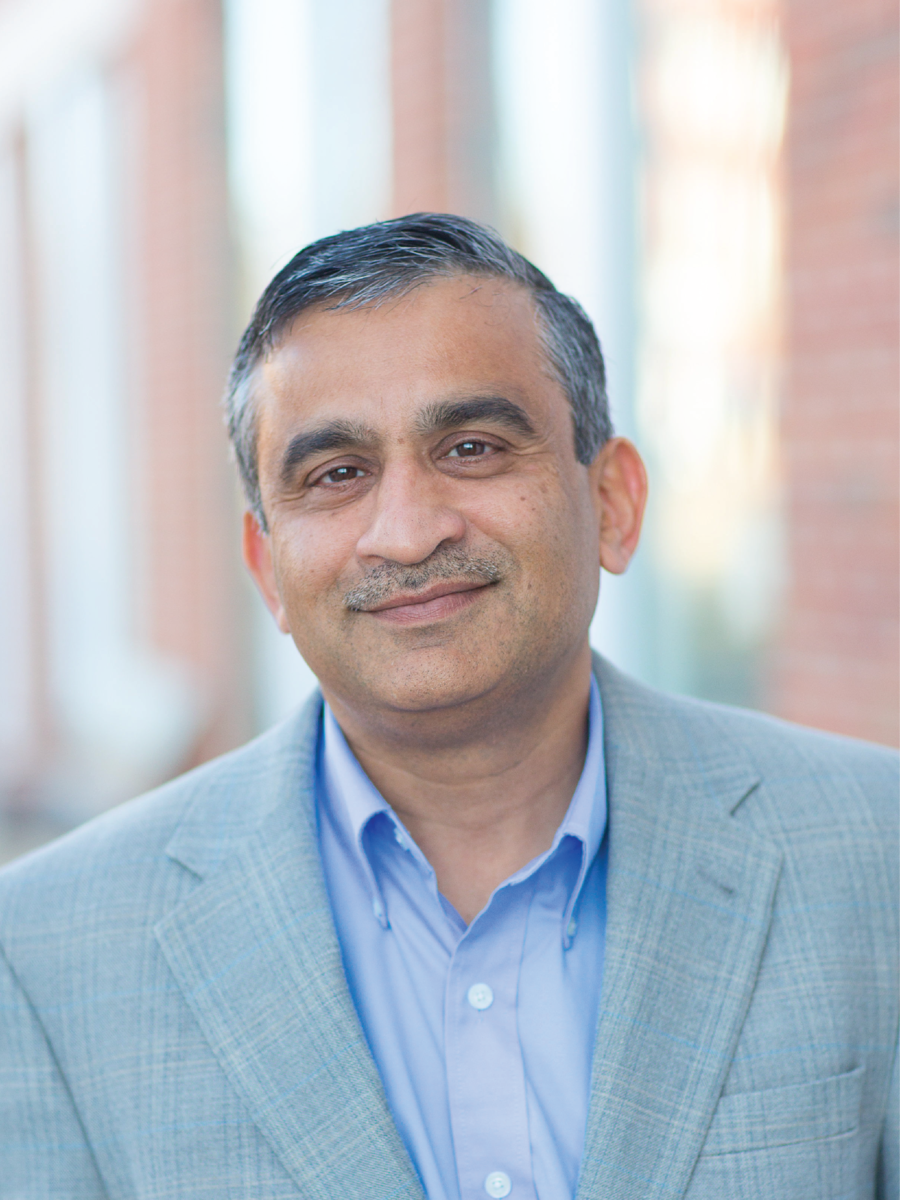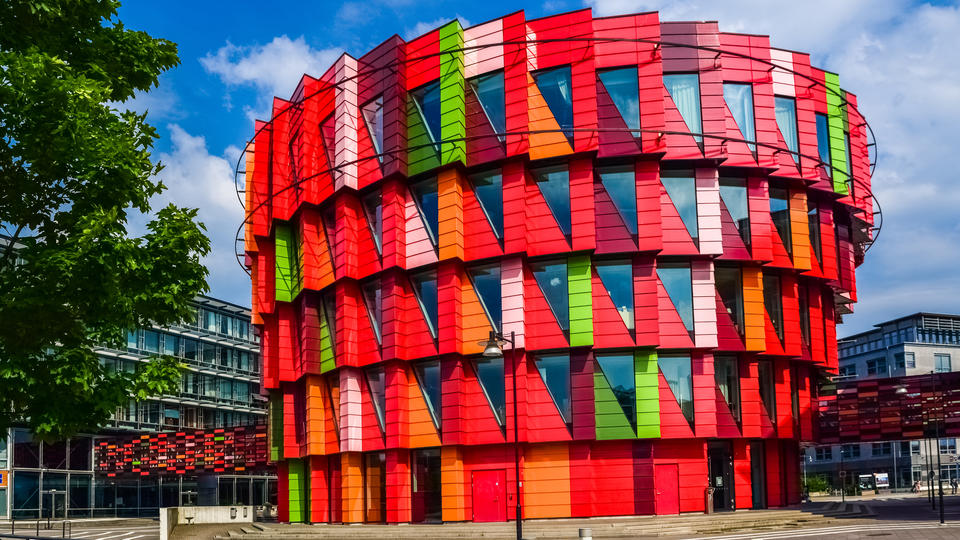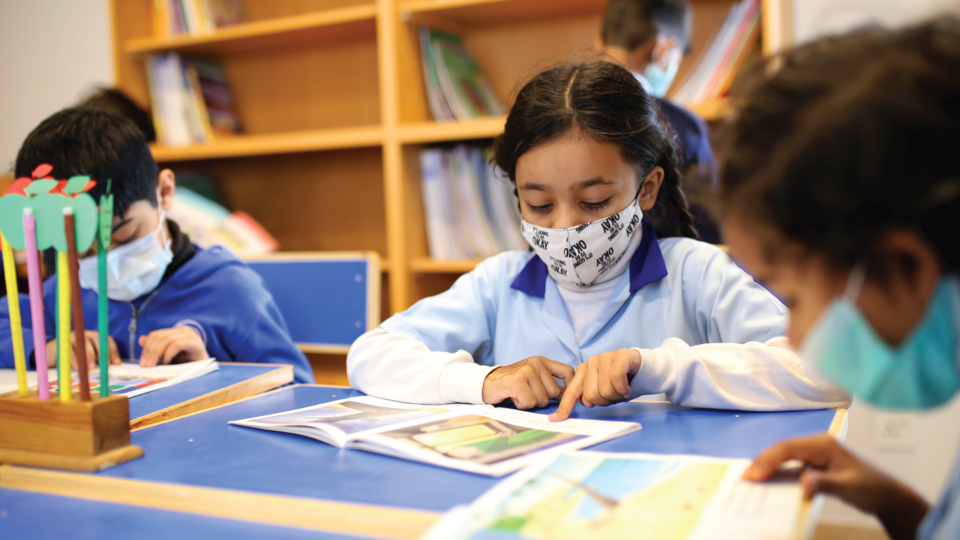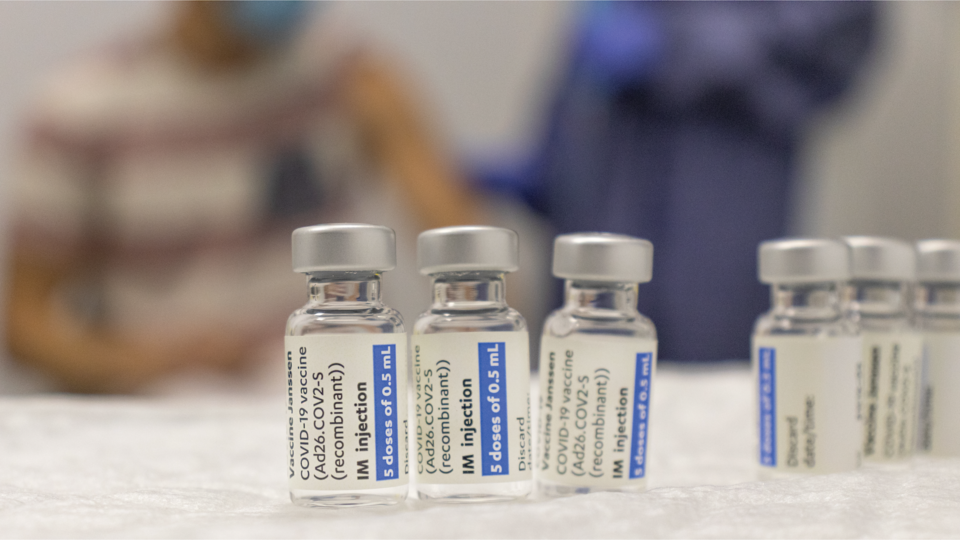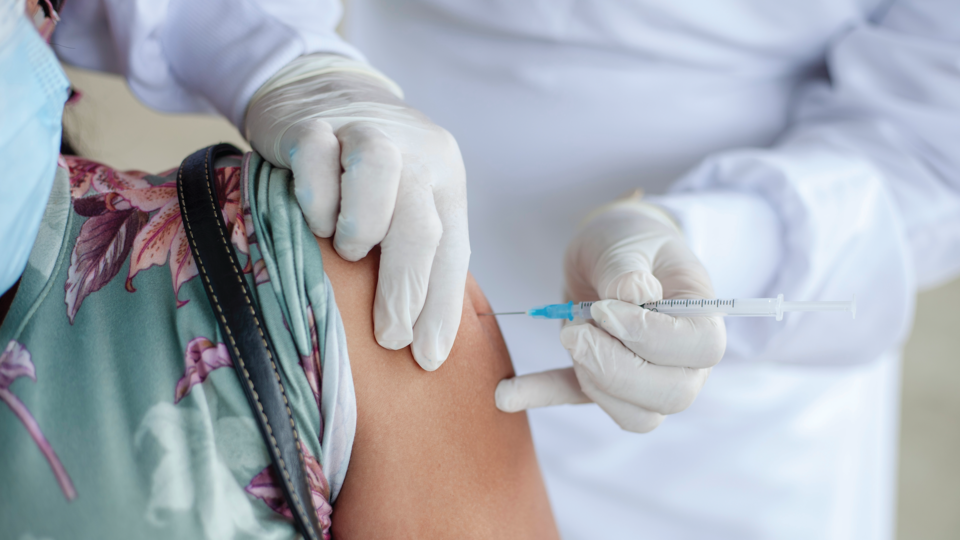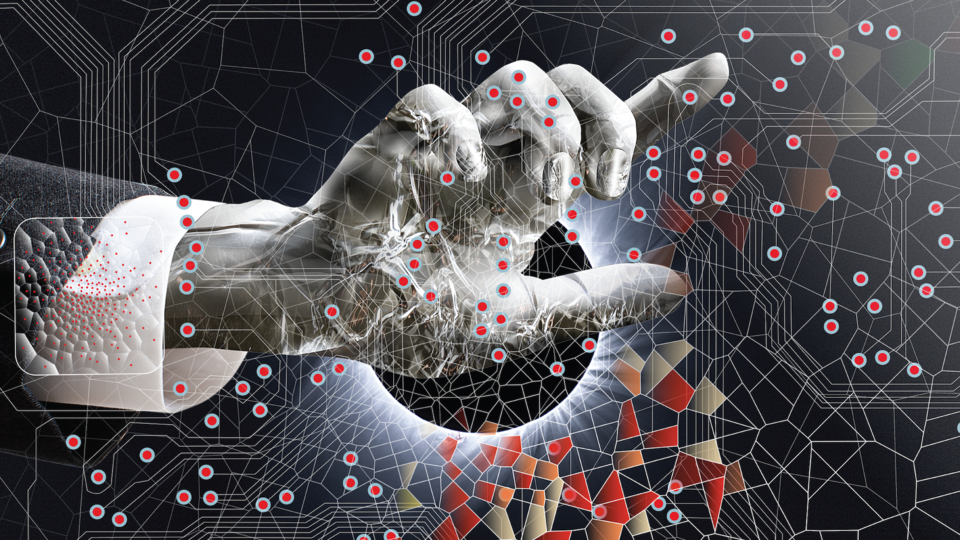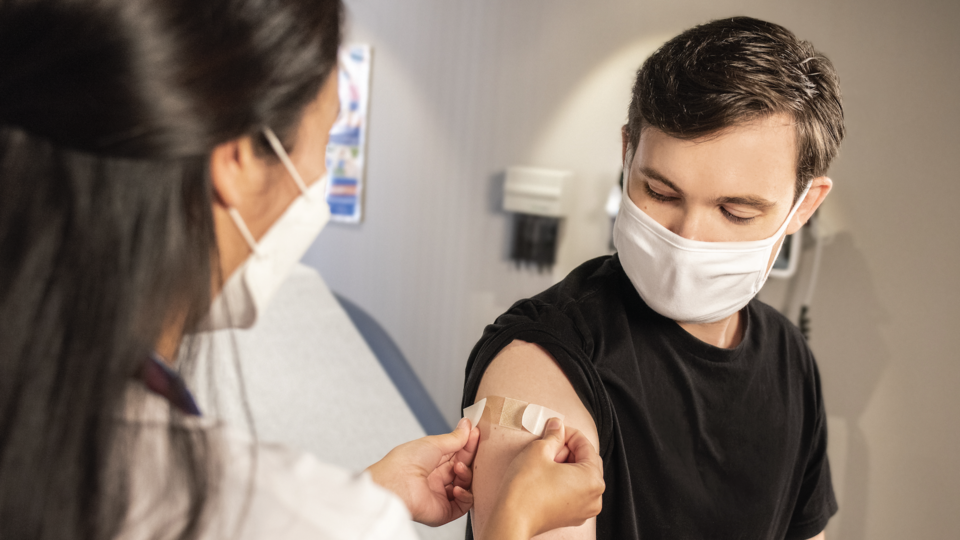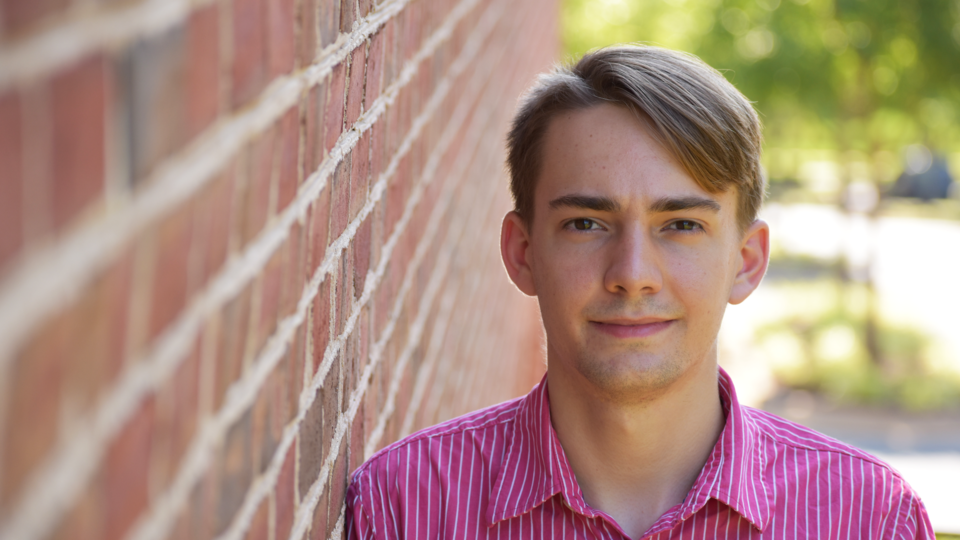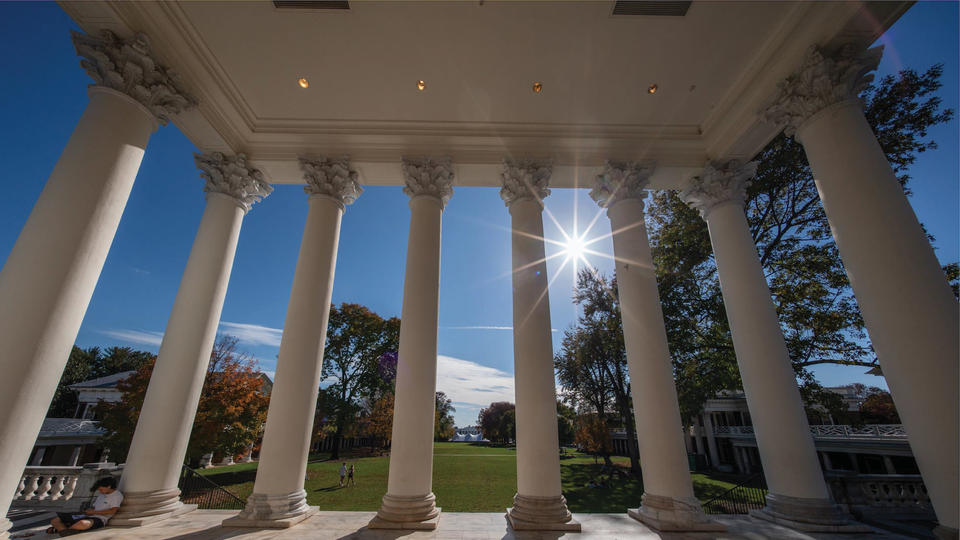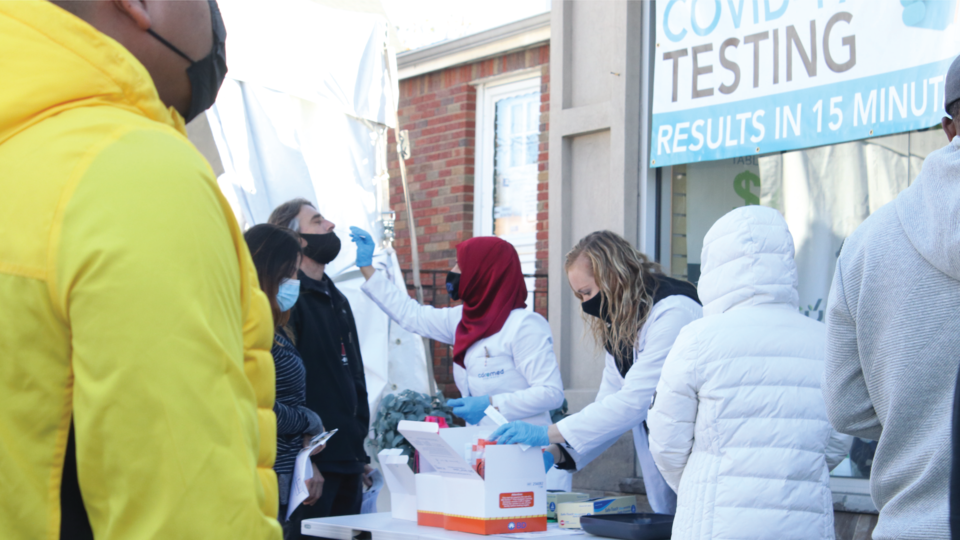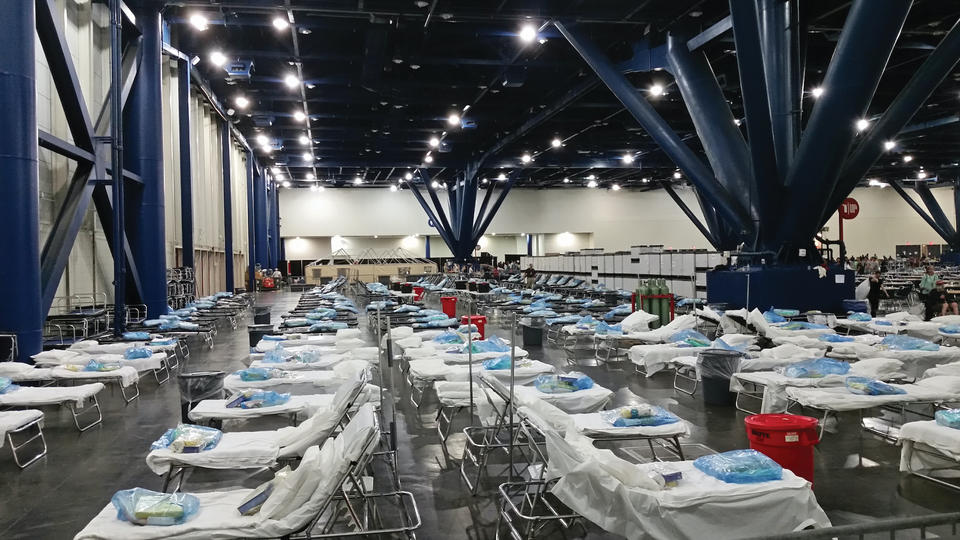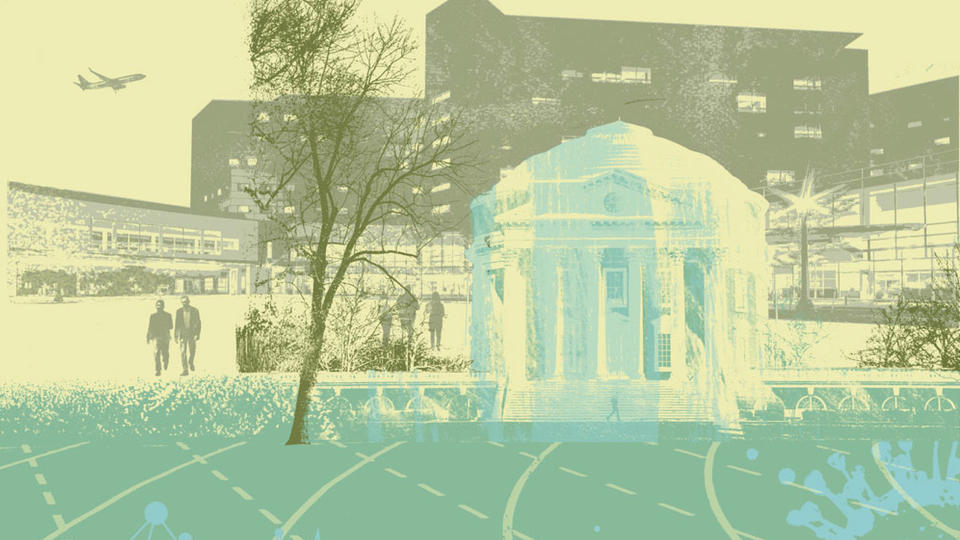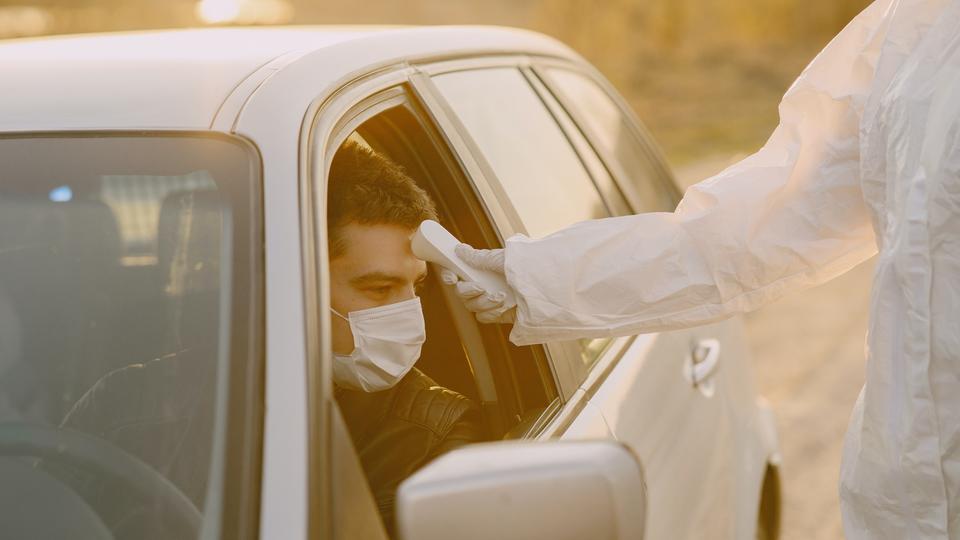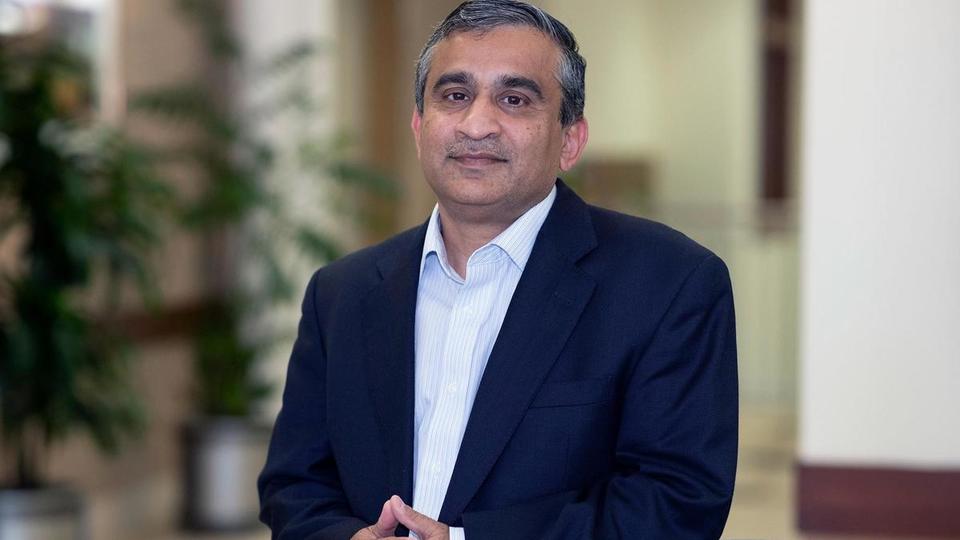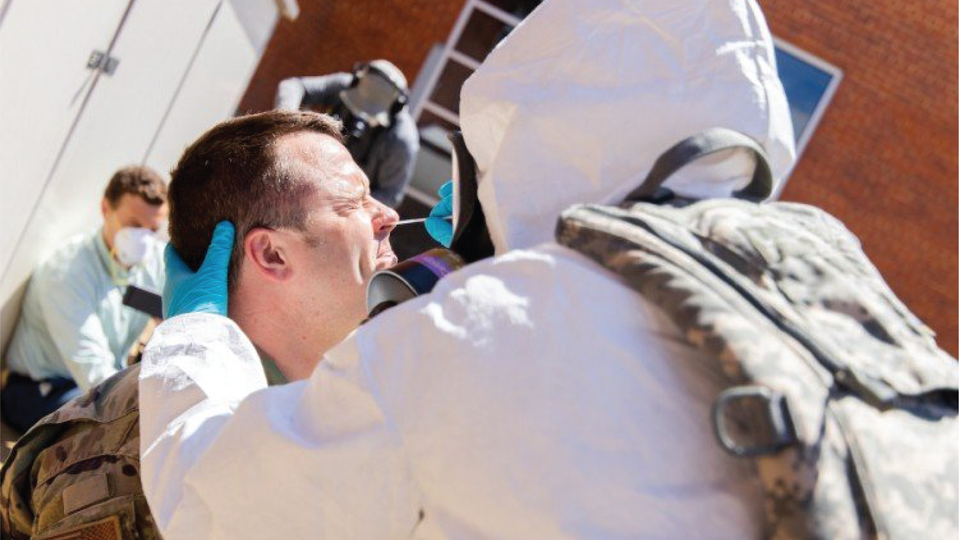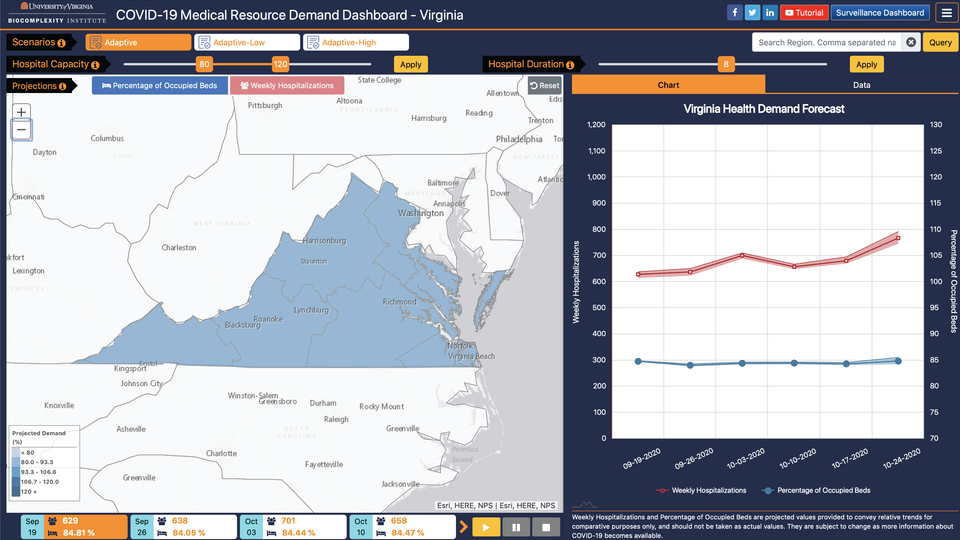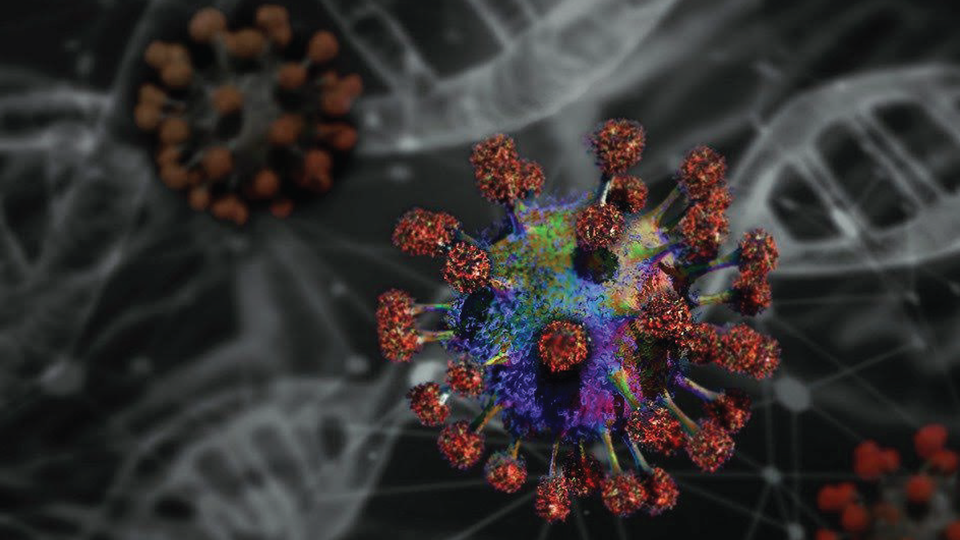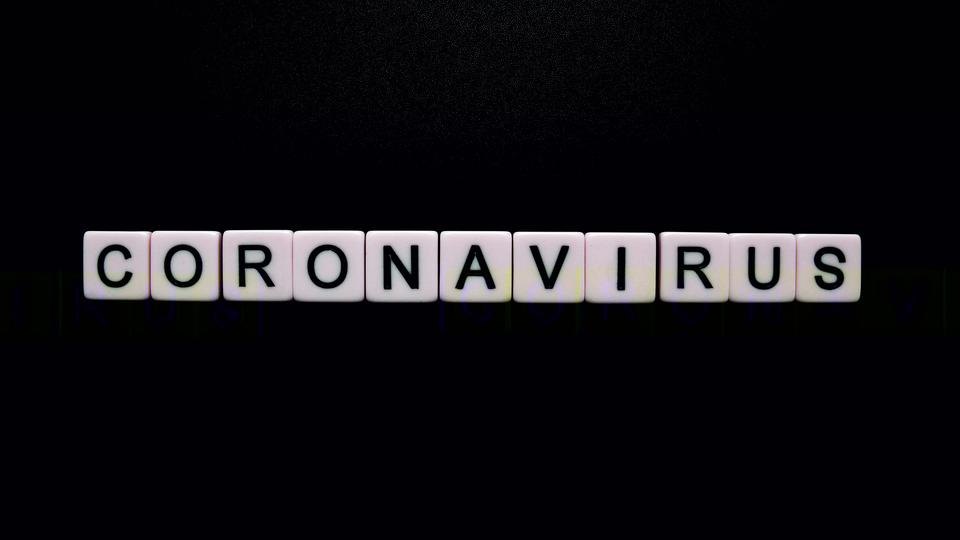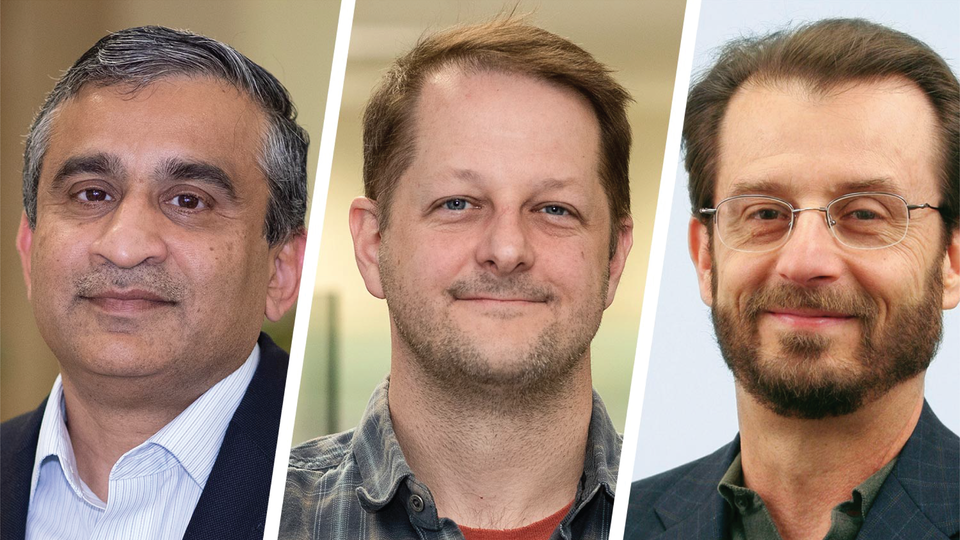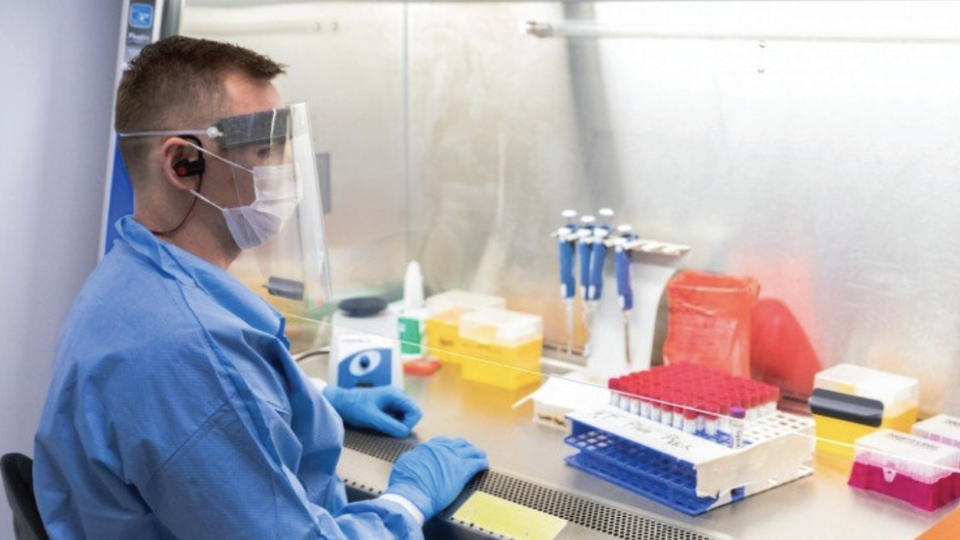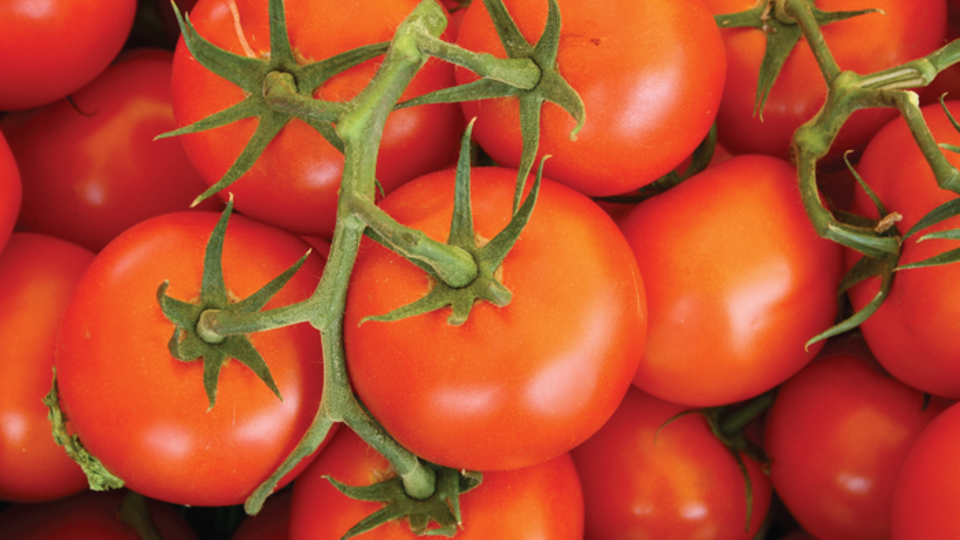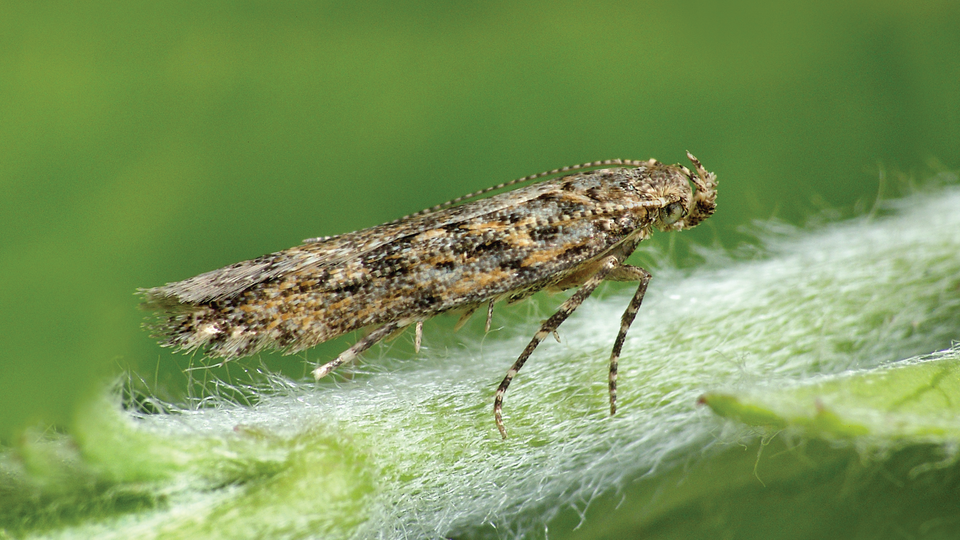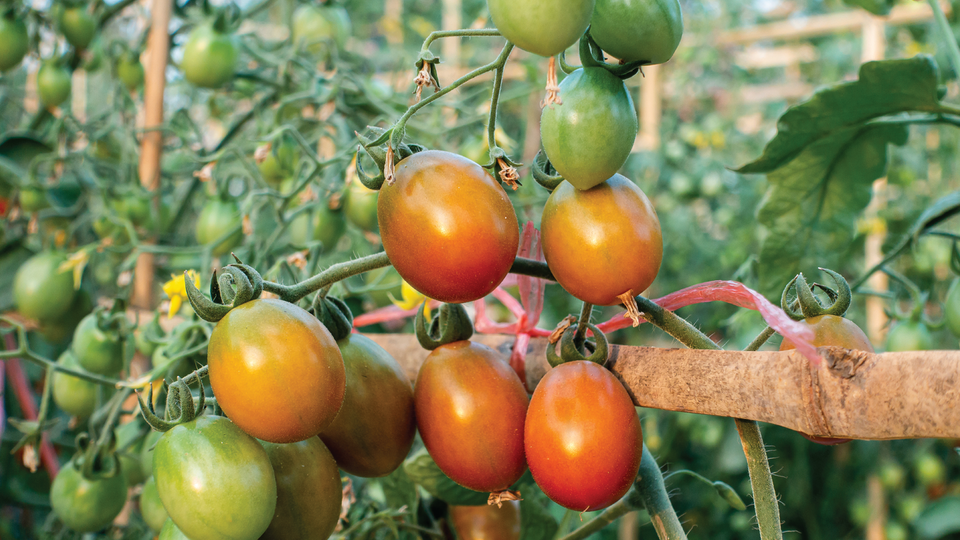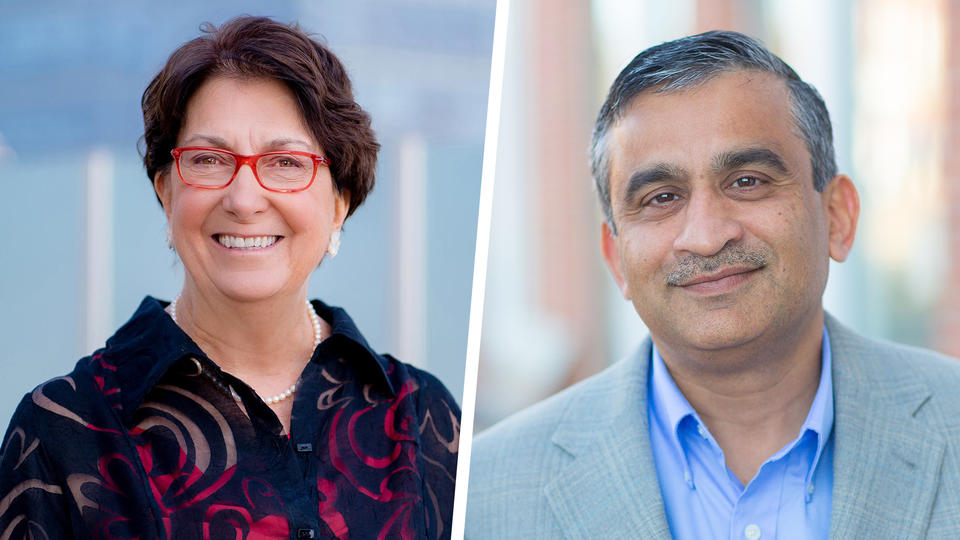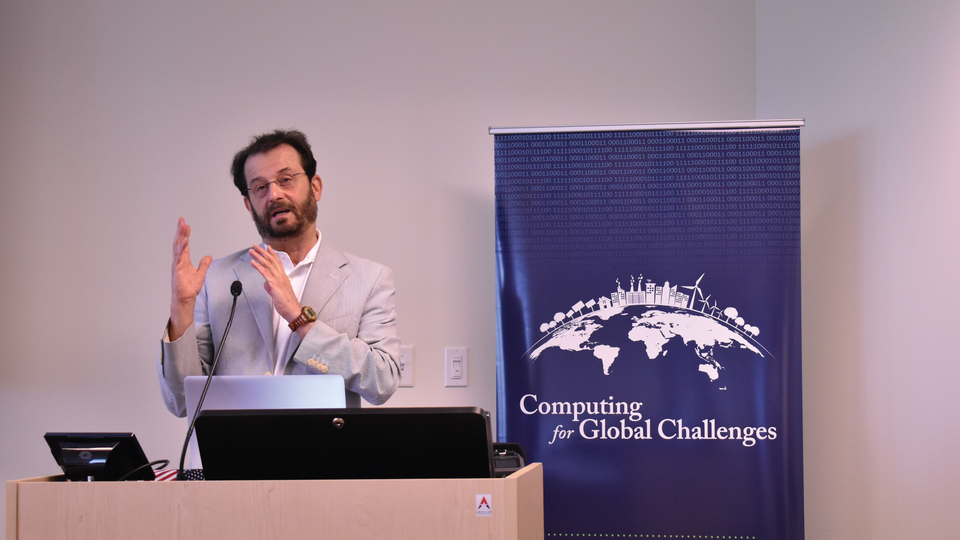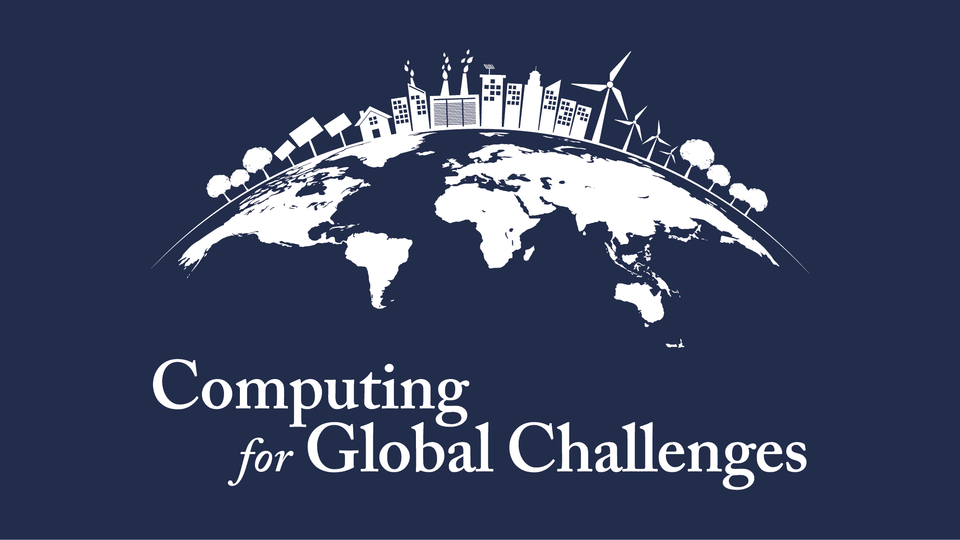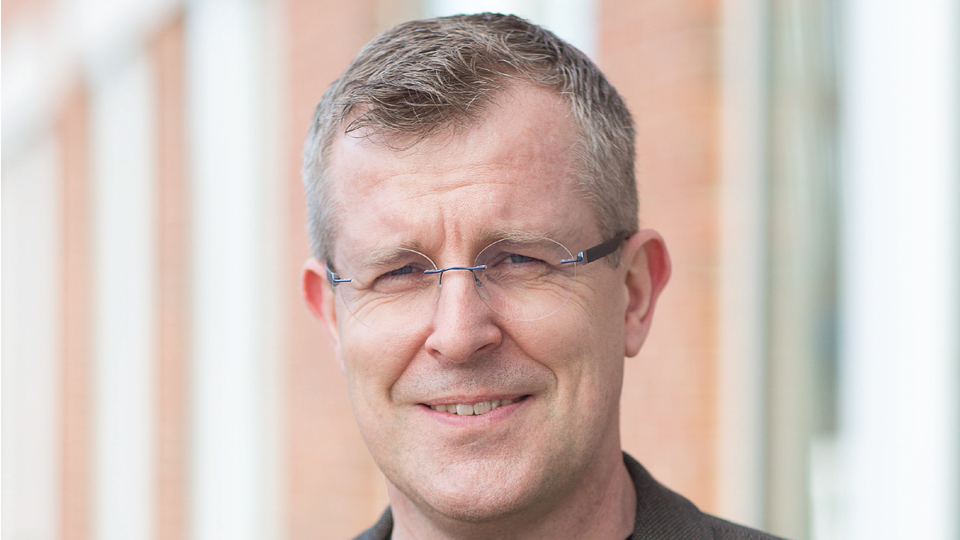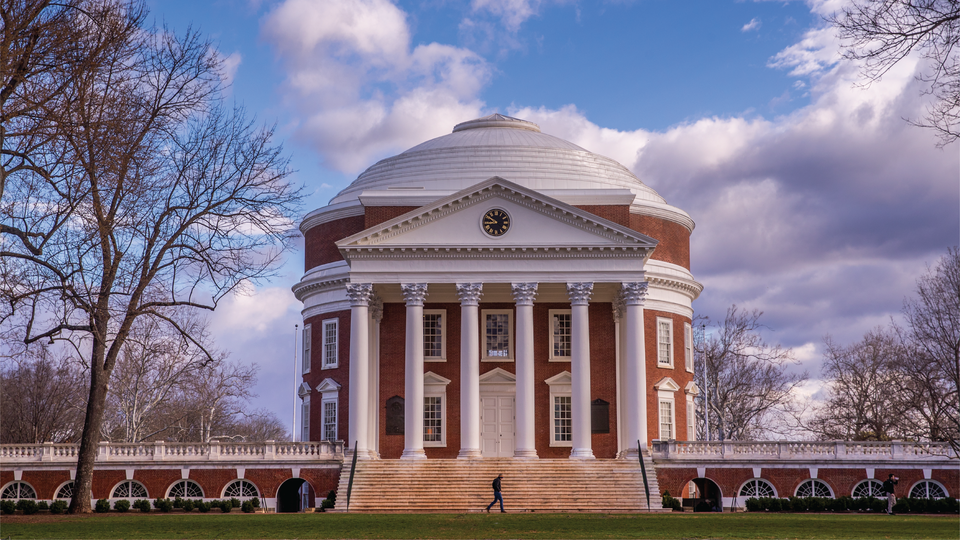Bio
Madhav Marathe is an endowed Distinguished Professor in Biocomplexity, Director of the Network Systems Science and Advanced Computing (NSSAC) Division, Biocomplexity Institute and Initiative, and a tenured Professor of Computer Science at the University of Virginia. Dr. Marathe is a passionate advocate and practitioner of transdisciplinary team science. During his 25-year professional career, he has established and led a number of large transdisciplinary projects and groups. His areas of expertise are network science, artificial intelligence, multi-agent systems, high performance computing, computational epidemiology, biological and socially coupled systems, and data analytics.
His prior positions include Professor of Computer Science and Director of the Network Dynamics and Simulation Science Laboratory within the Biocomplexity Institute of Virginia Tech and a team leader of research and computing in the Basic and Applied Simulation Science group, Computer and Computational Sciences Division at the Los Alamos National Laboratory. He is a Fellow of the American Association for the Advancement of Science (AAAS), Society for Industrial and Applied Mathematics (SIAM), Association for Computing Machinery (ACM) and Institute of Electrical and Electronics Engineers (IEEE). Dr. Marathe has published more than 500 articles in peer reviewed journals, conferences and workshops. Mentoring and training next generation scientists has been his life-long passion. He has mentored more than a dozen staff scientists, and (co)-advised more than 30 doctoral students, 20+ MS students and 15 postdoctoral fellows.
Dr. Marathe and his division focus on developing the scientific foundations and the associated engineering principles to study large-scale biological, information, social, and technical (BIST) systems. His current interests span five broad themes: (i) methods to construct various BIST networks using partial and noisy data as well as procedural information; (ii) understanding the general form and structure of dynamical processes over BIST networks (e.g., key network/pathway properties and typical pathways that impact dynamics); (iii) algorithmic theory of optimization and control as it pertains to the dynamical processes, including methods to detect, enhance, arrest, and mitigate dynamics; (iv) general conceptual and algorithmic foundations to understand the co-evolution of the networks and dynamics; and (v) high-performance services-based computing solutions that can be delivered seamlessly to end users and policy makers.
-
- Science of massively interacting networked systems
- Machine learning and artificial intelligence
- Computational epidemiology, computational immunology, and computational sustainability
- Multi-agent systems
- High-performance computing
- Modeling and simulation
- Data analytics
- Theoretical computer science, including complexity theory, and algorithmics
-
Postdoctoral Fellow, CIC-3 Group, Los Alamos National Laboratory
Ph.D. in Computer Science, University at Albany, SUNY
B. Tech in Computer Science and Engineering, Indian Institute of Technology Madras -
- 2021 KDD Best Paper Award, Applied Data Science Track
- 2021 Trinity Challenge Finalist (top 16 out of 350+)
- 2019 Distinguished Professor
- 2018 Fellow, Society for Industrial and Applied Mathematics (SIAM) for contributions to high performance computing algorithms and software systems for network science and public health epidemiology
- 2018 Dean's Award for Excellence in Research, College of Engineering, Virginia Tech
- 2017 Finalist, IEEE SCALE Challenge, CCGRID
- 2017 National Energy Research Scientific Computing Center NERSC Award(joint with A Boatel, J Yeom, N Jain, C Kuhlman, Y Livnat, K Bisset, L Kale) for innovative use of HPC that led to scalable mapping of epidemic simulations on NERSC machines
- 2016 Finalist, Best Paper Award, ACM Supercomputing conference
- 2016 Constellation Group's Supernova Award presented to NDSSL in the category of "Data to Decisions" for work by the group on developing high performance computing solutions to support national disaster management
- 2015 Fellow, American Association for the Advancement of Science (AAAS) for contributions to high performance computing and network science
- 2014 Winner, AAMAS Blue Sky Ideas Best Paper Award
- 2014 Fellow, Association for Computing Machinery (ACM) for contribution to high performance computing algorithms and software environments for simulating and analyzing socio-technical systems
- 2013 Fellow, Institute of Electrical and Electronics Engineers (IEEE) for contributions to socio-technical network science
- 2013 Invited participant, Computing Community Consortium Leadership in Science Policy Institute organized by the Computing Research Association
- 2011-12 Inaugural George Michael Distinguished Scholar, Lawrence Livermore National Laboratory
- 2010 Award for Research Excellence, Virginia Bioinformatics Institute, Virginia Tech
- 2006 Best Paper Award, International Conference on Distributed Computing Systems
- 2004 Distinguished Alumni Award, University at Albany
- 2004 Achievement Award, Los Alamos National Laboratory
Tutorials and Short Courses
- Mathematical and Computational Foundations of Infectious Disease Epidemiology. A 4-hour tutorial providing an overview of the state-of-the-art in mathematical and computational epidemiology, which have typically not been studied from a multi-disciplinary perspective. International Conference on Systems Biology (ICSB), Blacksburg, VA, 6-12 August 2017. Presented jointly with A Vullikanti and B Lewis.
- Generating Synthetic Populations for Social Modeling. A 4-hour tutorial on the foundations and methods for generating synthetic agents. Autonomous Agents and Multi-agent Systems International conference (AAMAS), Sao Paulo, Brazil, 8-12 May 2017. Presented jointly with S Swarup.
- Generating Synthetic Populations for Social Modeling. A 4-hour tutorial on the foundations and methods for generating synthetic agents. IJCAI, New York, NY, 9-15 July 2016. Presented jointly with S Swarup.
- Generating Synthetic Populations for Social Modeling. A 4-hour tutorial on the foundations and methods for generating synthetic agents. Autonomous Agents and Multi-agent Systems International conference (AAMAS), Singapore, 9-10 May 2016. Presented jointly with S Swarup.
- Computational Epidemiology and Public Health Policy Planning. A 4-hour tutorial that provides an overview of the state-of-the-art in computational epidemiology from a multi-disciplinary perspective. 30th Annual conference on Artificial Intelligence (AAAI), Phoenix, AZ, 13 February 2016. Presented jointly with A Vullikanti and N Ramakrishnan.
- Computational Epidemiology. A 3-hour course on this state-of-the-art multi-disciplinary research area, including data mining, machine learning, high performance computing, and theoretical computer science, as well as math, economics, and statistics. Knowledge Discovery and Data Mining (ACM KDD) conference, New York, NY, 24-27 August 2014. Presented jointly with A Vullikanti and N Ramakrishnan.
Informing University Covid-19 Decisions Using Simple Compartmental Models
Supporting COVID-19 policy response with large-scale mobility-based modeling
Biocomplexity Institute’s Marathe Receives Honorary Doctorate from Chalmers University of Technology
Professor Madhav Marathe has been awarded an honorary doctorate by Chalmers University, a highly regarded Swedish university of technology.
In alignment with the University of Virginia’s goal to move its research from prominence to preeminence, deans, faculty, and researchers from across Grounds got together to participate in the formal launch of the Contagion Science program, an initiative funded by the University as part of its Prominence-to-Preeminence STEM initiative.
Paper published in PNAS outlines a multi-contagion framework that intertwines a threshold social contagion model with an epidemic model to investigate the interrelated dynamics between mask-wearing and disease.
Contagions, severe weather, natural disasters, civil unrest – whatever data scientists are forecasting using network models, simulation-based methods are often the most effective, according to researchers at the University of Virginia Biocomplexity Institute and Princeton University, whose findings were published in the paper, “Fundamental Limitations on Efficiently Forecasting Certain Epidemic Measures in Network Models,” by PNAS (Proceedings of the National Academy of Sciences).
The continued uncertainty means there’s a range of potential outcomes for the pandemic. The Biocomplexity Institute, which has been modeling COVID-19 in Virginia since the early days of the virus, separated them into several categories based on immunity and the potential for new viral variants.

Researchers from UVA’s Biocomplexity Institute and School of Engineering and Applied Science, working with a team of multi-disciplinary scientists from around the world, have spent the last two years developing highly advanced computational models designed to inform policy makers, save lives and prepare for future global epidemics.
For much of the pandemic, the Biocomplexity Institute has been modeling the likely trajectory of COVID-19 in Virginia using mobility data, case rates, vaccination numbers and a slew of other statistics that can predict how, where and how fast the virus will continue to spread. With many Virginians — and public health officials — already preparing for holiday gatherings, understanding potential risks could be crucial for decision-making.

This article discusses how the University of Virginia’s Biocomplexity Institute is helping local health officials select mobile vaccine sites. Our data dashboards and reports include information on mobility, drawn from anonymized cell phone data collected by a company called SafeGraph, showing where and when Virginians were traveling to help understand the impact of safety restrictions.

Rather than a shut-down, what if we knew which places to close during a pandemic to curtail the spread of a virus and lessen the economic impact to a locality? A model showing how this can be done, created by researchers at the University of Virginia Biocomplexity Institute and Stanford and Northwestern universities, has won a Best Paper Award in the Applied Research track at the recently concluded ACM KDD conference.
When the coronavirus reached Virginia, public health officials worried there would be so many patients, they would need to start building field hospitals right away. But a team of University of Virginia scientists, part of the Biocomplexity Institute, told the state to wait. The governor’s stay-at-home order, quarantines and social distancing that began in March 2020 could slow the disease’s spread.

Fox is considered a pioneer in the fields now known as computational and data science, and he has brought his considerable influence and expertise to the University of Virginia, where he joined the faculty of the Biocomplexity Institute and the School of Engineering and Applied Science’s Department of Computer Science in July.
Researchers at the University of Virginia Biocomplexity Institute are founding partners of a national research institute that will develop artificial intelligence-driven solutions for some of agriculture’s biggest problems: labor, water, weather, and climate change.
Henry Carscadden, a student-researcher at the Biocomplexity Institute, has been awarded the Louis T. Rader Undergraduate Research Prize in computer science.
In this paper, researchers focus on a machine-learned anonymized mobility map aggregated over hundreds of millions of smartphones and evaluate its utility in forecasting epidemics, specifically the flu.

On January 29, during a virtual ceremony over Zoom, the University of Virginia honored and recognized faculty members for their outstanding contributions to their fields and the impact of their research and scholarly activities at the annual Research Achievement Awards.

The model predicts that under conditions of “strong control” the number of statewide cases could instead peak around Jan. 10.

Traffic planners, securities traders and military strategists all use it. Simulating the behavior of millions of idiosyncratic individuals also may be the best way to understand complex phenomena like pandemics.

New tool provides projections of critical data on bed capacity and hospitalization rates.
Madhav Marathe, a professor of computer science and biocomplexity, and a division director at the Biocomplexity Institute, provides perspective for readers of UVA Today on COVID-19.

Researchers across Grounds joined the effort to defeat COVID-19—even as the world plunged abruptly into a new reality of shutdowns and social distancing—bringing their expertise together to understand the virus and prevent and treat infection.

Google.org announced that Madhav Marathe and Anil Vullikanti, researchers at the University of Virginia’s Biocomplexity Institute, were selected to receive funding as part of the company’s efforts to support projects using innovative Al and data analytics to help understand COVID-19 and address its impacts.
The UVA Biocomplexity Institute has received a $1.44M award from the National Science Foundation for a Virtual Organization (VO) that will facilitate communication and collaboration among CISE scientists currently involved in pandemic research through the NSF RAPID program.

As the COVID-19 pandemic continues to escalate in the United States and in many locations around the world, countless questions remain about next steps for mitigation and response. How will various mitigation methods affect the spread? How will those change as the pandemic progresses or regresses?
UVA Today got in touch with six UVA researchers and clinicians who are studying the disease and its effects and asked them what they’ve learned, as well as what it will take to emerge from the pandemic.

Christopher Barrett, executive director, Madhav Marathe, division director, and Bryan Lewis, research associate professor, spoke to S&P Global Market Intelligence about the abilities and limitations of their COVID analytical models.

Researchers have developed a model that uses social-media and search data to forecast outbreaks of Covid-19 well before they occur.

With ten million dollars from the National Science Foundation, computer scientists at the University of Virginia, Virginia Tech and 13 other schools have begun to tackle a massive problem with the power of big data and computers.

COVID-19 deaths and infections could skyrocket in Virginia in the coming months if left unchecked, according to updated modeling from the University of Virginia.

Will our hospitals have the capacity to care for those who become infected? This question remains at the heart of COVID-19 planning and response discussions everywhere as public health officials and policy makers consider how lifting interventions such as stay-at-home orders will impact a potential resurgence of the disease.
Stanford computer scientists are working with the country’s leading epidemiologists and volunteers to collect county-level data about when social-distancing regulations went in place, hoping to inform decisions on when to ease them.

For the lowdown on how the technological advances on our iPhone and Android devices – scheduled to roll out in mid-May – will work, UVA Today turned to computer science professor Madhav Marathe...

The good news from University of Virginia experts is that efforts to combat the coronavirus thus far indicate that the growth rate for new cases is not just slowing but leveling off almost entirely.

Madhav Marathe, Bryan Lewis and Chris Barrett, researchers and leaders at the UVA Biocomplexity Institute, developed a model for the Commonwealth of Virginia to project COVID-19 infection trends.

Concerns about what Google and Facebook might be doing with patients’ sensitive health information have receded, and instead, Americans are being asked to allow surveillance of their daily movements and contacts, and even their temperature and other physiological changes.

The number of positive COVID-19 cases in Virginia has quadrupled in the last week. But experts say the daily numbers released by the Department of Health is still an undercount exacerbated by some of the country’s lowest per capita testing.

Researchers at UVA’s Biocomplexity Institute have won a new $10 million, five-year NSF grant to plan for, and respond to, epidemics and pandemics.

As the COVID-19 global health crisis continues to unfurl worldwide, the questions around global pandemics are no longer “if” they will occur, but how frequent, widespread, and severe those that come next will become.
One of the deadliest and least predictable phases in the global coronavirus crisis could begin as innocuously as this: A grandmother and her grandchild walking up a hill.

Researchers at the Biocomplexity Institute at the University of Virginia warn that major interruptions to daily life and businesses related to the COVID-19 pandemic could last for several months.

Infectious disease experts working on the coronavirus, or COVID-19, warn that the outbreak could have a historically unprecedented impact on life across the globe.

The many unknowns about COVID-19 – including its precise origin, how long the disease incubates, and when during the incubation people become contagious – have made data collection, and therefore, identification of effective intervention methods challenging. In response to this global pandemic, researchers from the University of Virginia’s Biocomplexity Institute have developed a set of visualization and analytical web applications to help provide a better understanding of the epidemic’s scope and aid in bringing the outbreak to a swift conclusion.
The novel coronavirus COVID-19 epidemic is growing rapidly and already affecting 65 countries. South Korea has seen an explosive growth in confirmed cases, partially attributable to large-scale testing and identification of cases.

The University of Virginia’s Biocomplexity Institute was recently awarded a five-year $4 million collaborative grant from the U.S. National Science Foundation (NSF) to build a self-sustaining cyberinfrastructure (CINES – pronounced “science”) to serve as an open-source, web-based repository for developing, trading, analyzing, and sharing network science resources.
Agricultural trade is crucial in delivering food to consumers worldwide. The benefits range from lower prices to greater variety in our food supply, and most importantly, the ability to reduce food insecurity across the globe. But, as international trade increases, so does the spread of invasive and destructive agricultural pests that can threaten food production and even destabilize our global food supply.
As international trade and human mobility increase, so does the spread of invasive and destructive agricultural pests, worsened by climate change and the intensive agricultural practices occurring globally. As part of a project funded by the U.S. Department of Agriculture (USDA), researchers from the University of Virginia’s Biocomplexity Institute are focusing their attention on one pest in particular – the South American tomato leafminer or Tuta absoluta.
UVA researchers at the Biocomplexity Institute and Initiative are developing computational models to estimate and manage the biological, social and economic impacts of influenza.

Modern food systems facilitate rapid dispersal of pests and pathogens through multiple pathways. The complexity of spread dynamics and data inadequacy make it challenging to model the phenomenon and also to prepare for emerging invasions.

The University of Virginia’s Biocomplexity Institute is pleased to announce Dr. Sallie Ann Keller, director of the Social and Decision Analytics Division, and Dr. Madhav V. Marathe, director of the Network Systems Science and Advanced Computing Division, have been appointed to Distinguished Professorships in Biocomplexity.
The University of Virginia’s Biocomplexity Institute and Initiative capped off its first year of existence Monday with a keynote for its summer undergraduate program.

In early June, 16 University of Virginia undergraduate students joined the Biocomplexity Institute’s Network Systems Science and Advanced Computing division (NSSAC) to take on some of our world’s most challenging issues relating to health, infrastructure, and the environment.
Mortveit’s GDS Research Featured in Bulletin of Mathematical Biology
One of the University of Virginia’s most ambitious research efforts is beginning to take shape. In the past several months, UVA announced and introduced the Biocomplexity Institute and Initiative, which commenced operations in the UVA Research Park in September 2018, and most recently, appointed five individuals to join Executive Director Dr. Christopher L. Barrett on the senior leadership team.
